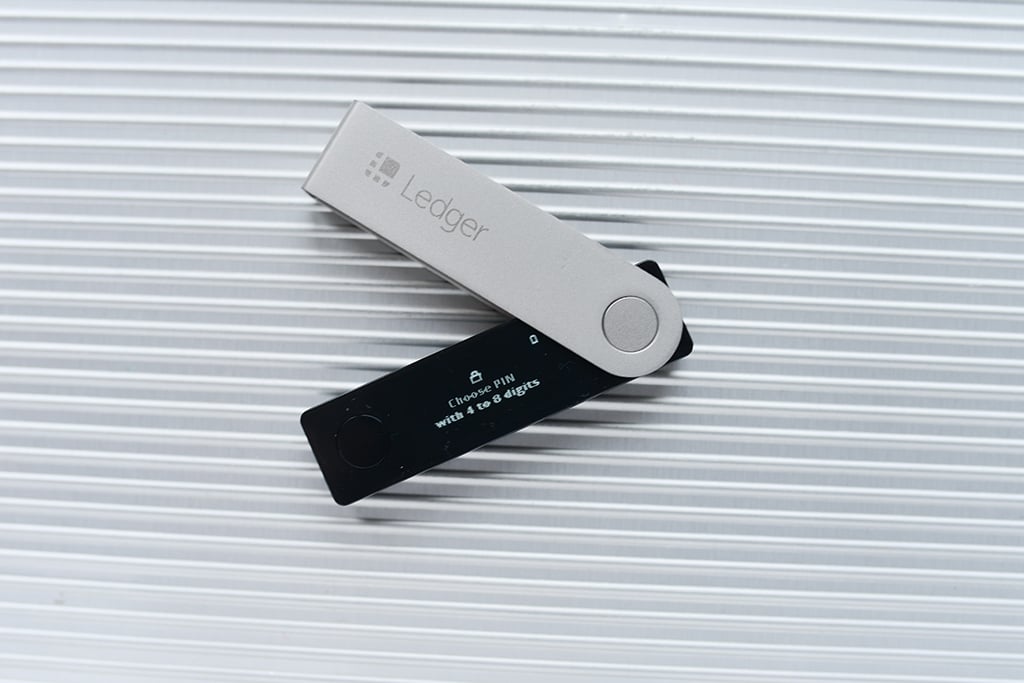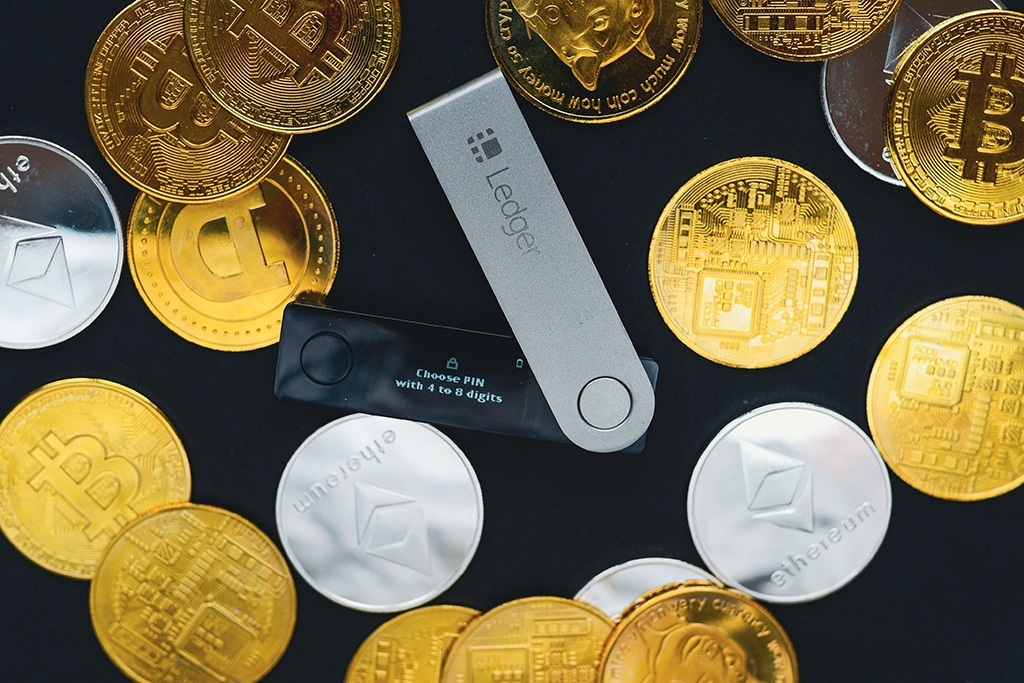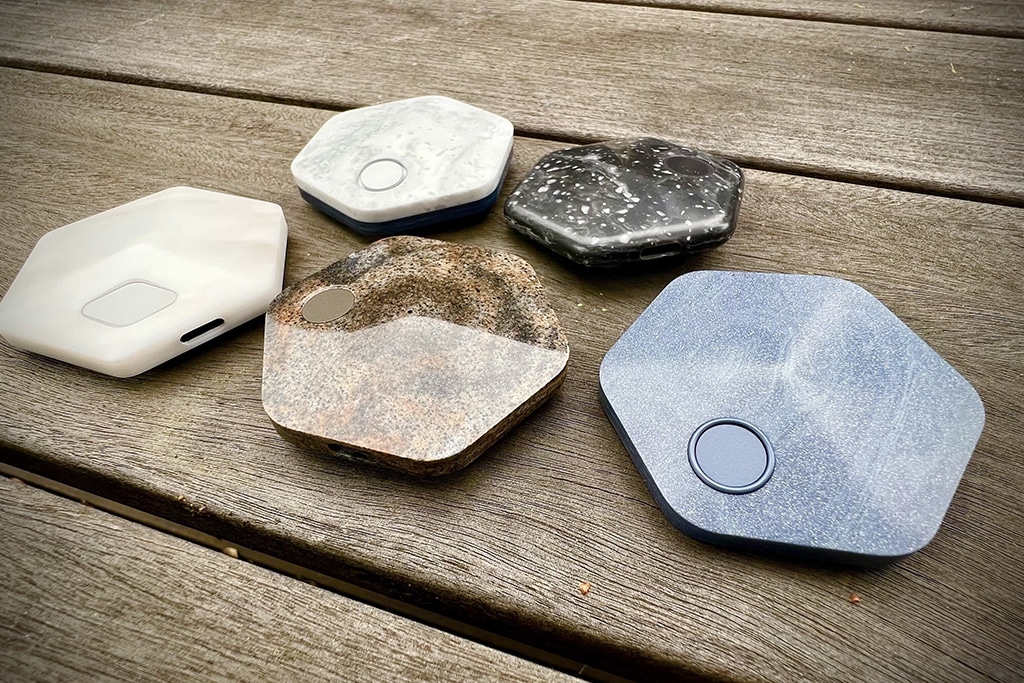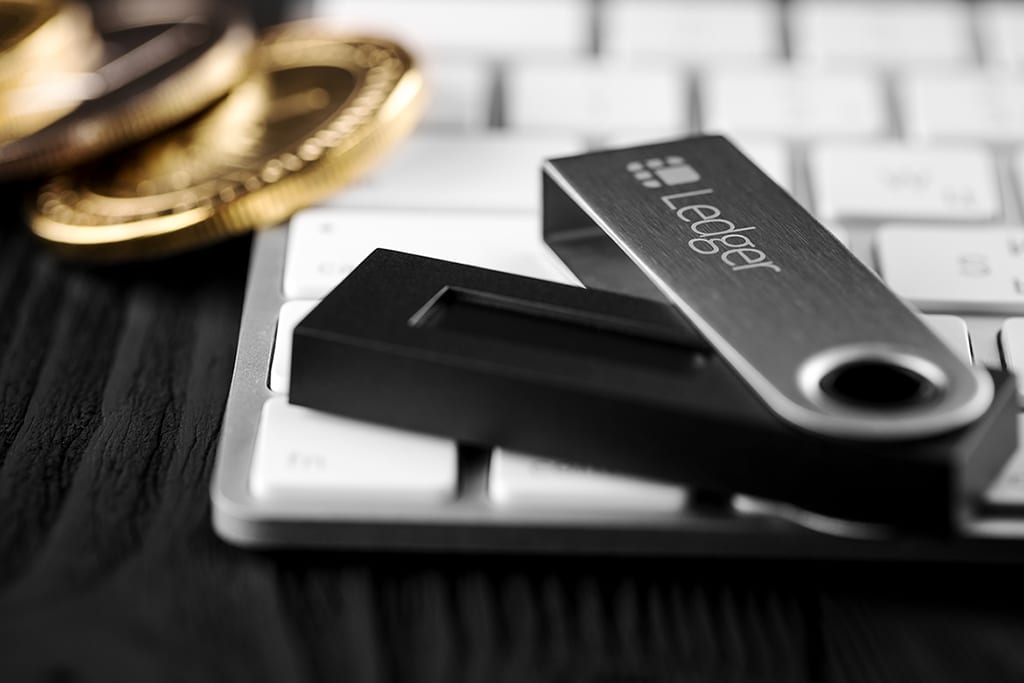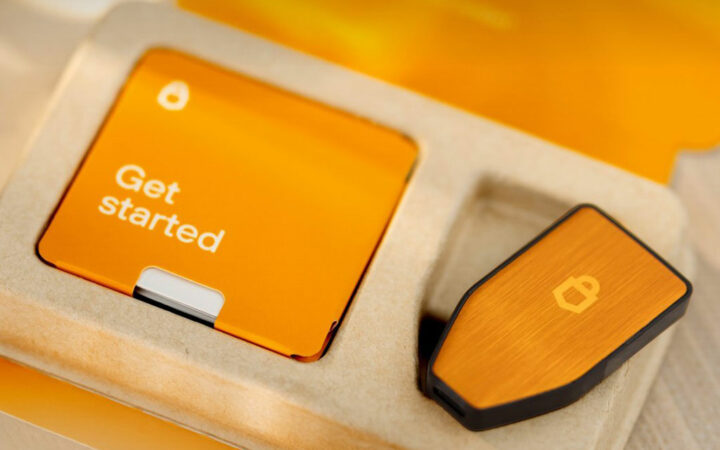
Ellipal – The Cold Wallet 2.0 Review

The Ellipal Cold Wallet 2.0 is a new cryptocurrency hardware wallet created by a Hong Kong-based company. How good is it? How does it fare when compared to Ledger or Trezor wallet? You’ll find the answers to these and many more in this article.
Overview of Ellipal
Hardware wallets are physical, electronic devices, built primarily for securing cryptocurrency. These wallets ensure that your private-keys are protected in a secure offline environment, so your coins will be safe even if the wallet is plugged into a malware-infected computer.
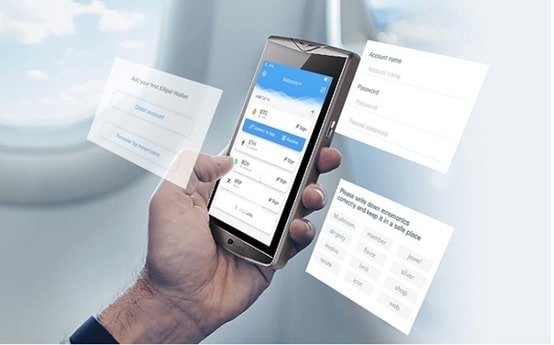
The Ellipal Cold Wallet 2.0 is a mobile-oriented, internet isolated hardware device that gives users the convenience they desire and also reduces the security risks they face when conducting transactions. The device is coupled with a companion mobile app that allows users to store, trade, exchange cryptocurrency and get market information while their private keys are kept safe inside the Ellipal cold wallet.
Company Reputation
Compared to Trevor, Ledger, and KeepKey, Ellipal is one of the lesser-known brands in the hardware wallet industry. Ellipal develops and provides cryptocurrency storage and payment solutions. The Hong Kong-based company was incorporated in 2017.
Ellipal’s User Interface
The wallet design is similar to a touchscreen phone from 2012. However, this device houses all the circuitry you’ll expect in a cold storage hardware wallet, controlled using a color touchscreen and a single button by the side.
It doesn’t have any Wi-Fi, Bluetooth, or mobile connections. The Micro-USB port can only be used for charging the built-in battery, which can last for 650 hours in standby mode.

The wallet supports hundreds of cryptocurrencies including Bitcoin, Ethereum, Ripple, Dash. More tokens are regularly added, and you can update the wallet via a microSD card slot beneath the rear case.
Once the Ellipal app is installed on your phone, you’ll be required to configure the security settings including the type of cryptocurrency you want to store, your username, a password for your account, and an automatically generated mnemonic.
Once you’re done with this, you’re ready to link up the app and wallet by scanning the QR code. The process is simple, and it takes less than ten minutes to complete.
Price of The Ellipal Cold Wallet
The Ellipal Cold Wallet 2.0 costs around $149 which is quite steep compared to other HD wallets like Trezor.
How to Setup Ellipal Wallet?
This video will help you to setup your wallet with two simple steps: create an account and connect to Ellipal app, easy right?
Security
The wallet works using the companion mobile app and by scanning QR codes. The wallet puts to rest issues arising from hacking activities, or a malware stealing your private keys because the wallet is not connected to the internet.
It cannot be connected to a computer, and after several incorrect password attempts, the wallet will erase all your data. In the event of theft, loss, damage, or it wipes itself, you can still get your coins back using your secure mnemonic. However, you’ll need to buy a new wallet.
Your private keys are internally encrypted; plus, multi-stage passwords ensure that no unauthorized individual would have access to your coins.
Comparing Ellipal with Other Hardware Wallets
The smartphone-like device promises all the functionality of a Ledger or Trezor wallet, but without the need to ever connect to the internet.
Unlike the Trezor or Ledger Nano S, the Ellipal Cold Wallet isn’t designed like a USB device.
In Conclusion
The Ellipal Cold Wallet 2.0 is a useful device. The hardware, app, and software interface are all well designed. Also, it is reasonably priced, and its QR-code security system makes it stand out from other wallet brands.
Disclaimer: This publication is sponsored. Coinspeaker does not endorse or assume responsibility for the content, accuracy, quality, advertising, products, or other materials on this web page. Readers are advised to conduct their own research before engaging with any company mentioned. Please note that the featured information is not intended as, and shall not be understood or construed as legal, tax, investment, financial, or other advice. Nothing contained on this web page constitutes a solicitation, recommendation, endorsement, or offer by Coinspeaker or any third party service provider to buy or sell any cryptoassets or other financial instruments. Crypto assets are a high-risk investment. You should consider whether you understand the possibility of losing money due to leverage. None of the material should be considered as investment advice. Coinspeaker shall not be held liable, directly or indirectly, for any damages or losses arising from the use or reliance on any content, goods, or services featured on this web page.

